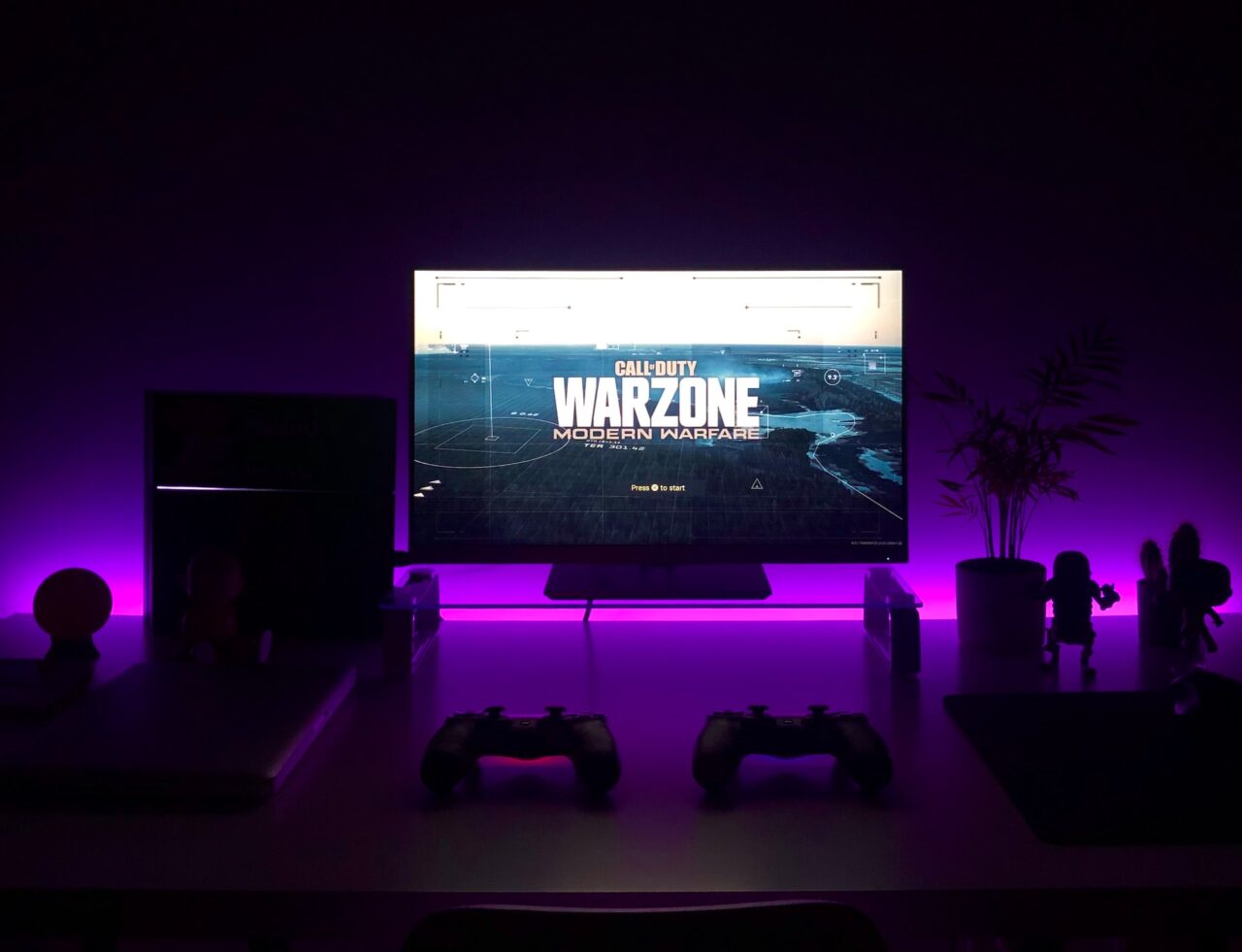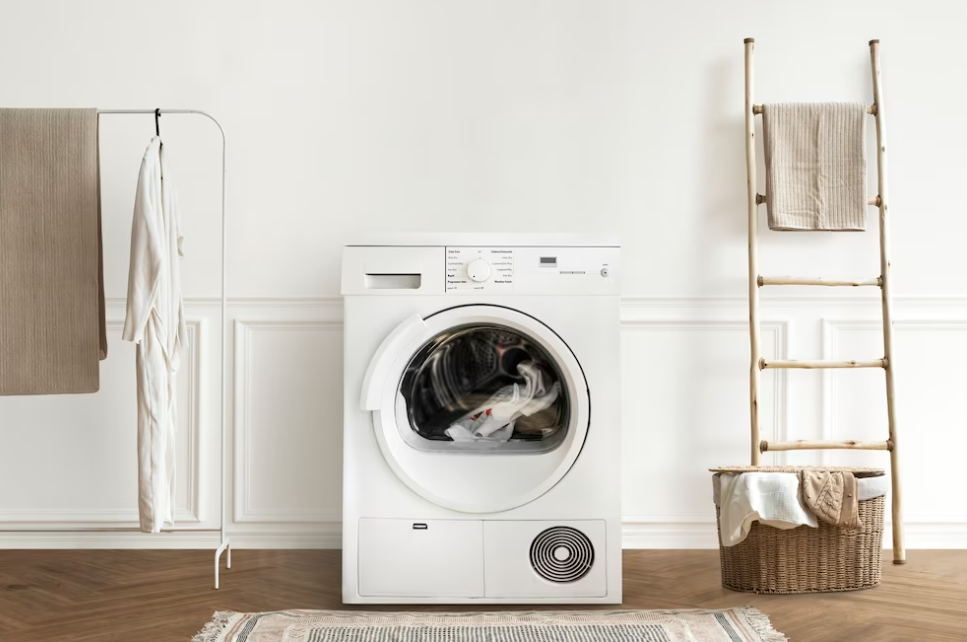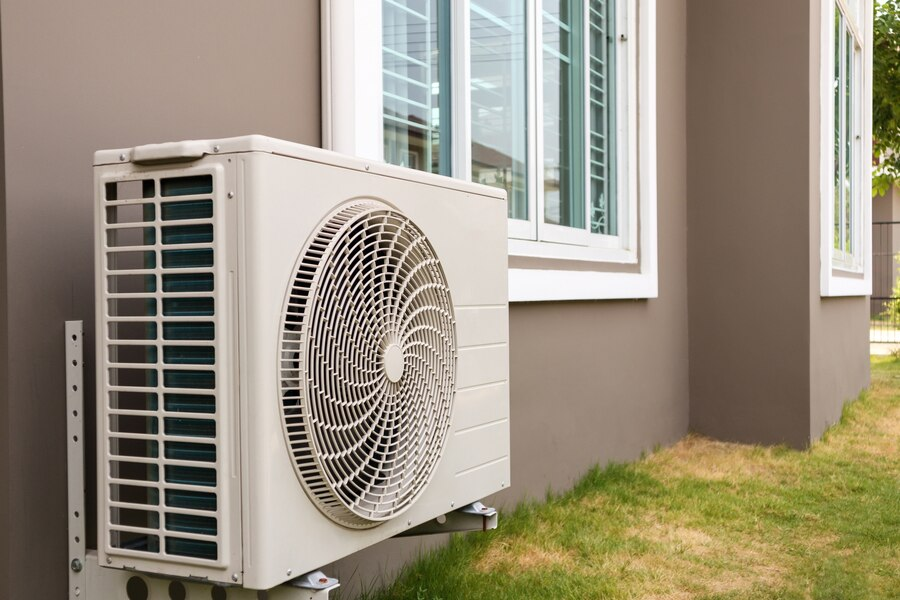Imagine a sleek and captivating 32-inch television adorning your living room, taking your movie nights and sports marathons to a whole new level. Before diving into a world of stunning visual effects and immersive sound, let’s discuss a crucial but often overlooked factor – the TV’s power consumption.
You might wonder why the power consumption of a TV matters so much. Well, it directly affects your electricity usage and ultimately, your electricity bills. As your reliable sales consultant, I’m here to share all the essential details and help you make an informed decision that benefits not only your entertainment but also the planet.
Wattage of 32-Inch LED TVs
When it comes to choosing the right 32-inch TV, understanding its wattage is crucial for both energy efficiency and overall viewing experience. LED models are among the most popular choices, thanks to their impressive picture quality and energy-saving capabilities. Let’s explore the key factors that influence the wattage of 32-inch LED TVs so you can make an informed decision.
- LED Technology: The technology of Light Emitting Diodes (LED) forms the foundation of modern energy-efficient televisions. Unlike older LCD models, LED models use LEDs for screen backlighting, providing superior image quality while reducing energy consumption. This innovation allows LED TVs to deliver a brighter image while consuming less power;
- Screen Brightness: The TV’s brightness level directly impacts its energy consumption. Higher brightness settings require more energy to create a vivid, attention-grabbing screen, especially in well-lit rooms. However, most LED models allow you to adjust brightness settings, balancing image quality and energy usage;
- Energy-Saving Modes: Many reputable television set manufacturers include energy-saving modes in their LED models. These modes automatically adjust brightness and other TV settings based on the displayed content, reducing energy consumption during darker scenes. Enabling these modes over time can lead to significant energy savings;
- Display Resolution: The TV’s resolution also affects its overall energy consumption. Common resolutions for 32-inch LED options are 720p (HD) and 1080p (Full HD). Generally, a Full HD TV set may consume slightly more energy than an HD TV, but the difference is often negligible;
- Energy Labels and Certifications: When choosing a 32-inch LED, pay attention to energy labels and certifications like Energy Star. These labels provide valuable information about the TV’s energy efficiency, making it easier to compare different models and select one that aligns with your environmental goals;
- Standby Power Consumption: Don’t forget to consider standby power consumption, also known as “phantom power.” Even when the TV is turned off, it may continue to draw a small amount of power, especially if it’s still connected to a power source. To minimize unnecessary energy consumption, look for models with lower standby power ratings.
Remember, selecting the right 32-inch LED TV and implementing some energy-saving settings can enhance your viewing quality while minimizing your ecological footprint. As your sales consultant, I’ll be delighted to guide you through our LED TV collection and help you find the perfect balance between performance and energy efficiency. Let’s create an entertainment system that’s both delightful and environmentally friendly!

Wattage of 32-Inch OLED TVs
Unlike traditional LEDs, OLEDs don’t require a separate backlight. Each OLED pixel emits its own light, enabling realistic colors and deep blacks. This pixel-level lighting not only delivers stunning visuals but also reduces energy consumption compared to LED TVs:
- Energy Efficiency: OLED TVs are inherently energy-efficient as they consume power only on a per-pixel basis. When displaying dark scenes or black content, pixels in these areas simply turn off, resulting in almost zero energy consumption. This precise control over individual pixels significantly minimizes overall energy usage, making OLEDs an eco-friendly choice;
- Display Resolution: Like LEDs, 32-inch OLEDs come in various resolutions, such as Full HD (1080p) or even 4K Ultra HD (2160p). Higher resolution may slightly impact energy consumption due to the increased number of pixels, but OLED technology’s energy efficiency minimizes any significant differences;
- Energy-Saving Functions: Leading OLED television set manufacturers often include energy-saving functions similar to those used in LEDs. These functions may include automatic brightness adjustments, energy-saving image modes, and power-saving standby options. Utilizing these settings optimizes the TV’s energy consumption without compromising viewing pleasure;
- Eco-Friendly Materials: OLEDs are manufactured using organic compounds, which are more environmentally friendly than materials used in traditional LED TVs. This aspect aligns well with your sustainable aspirations, making OLED TVs an ecologically conscious choice;
- Longevity and Durability: OLED models are renowned for their longevity and durability, contributing to their overall eco-friendliness. A longer-lasting TV means fewer replacements and less electronic waste, benefiting both your wallet and the environment.
With a 32-inch OLED TV, you can elevate your home entertainment to new heights, enjoying stunning visuals and vibrant colors without sacrificing energy efficiency. Join me and explore our collection of 32-inch OLED models, where advanced technology meets an eco-friendly future! Let’s make your entertainment system magnificent and environmentally conscious starting today!
How Many Volts Does a 32-inch TV Use?
The voltage used by a 32-inch television set typically depends on the region and the specific model. Most modern appliances are designed to work with the standard voltage in the country where they are sold.
| Region | Standard Voltage (Volts) | 32-Inch TV Voltage (Volts) |
|---|---|---|
| North America | 110-120 | 110-120 |
| Europe, Asia, Australia | 220-240 | 220-240 |
| South America | 110-120 | 110-120 |
| Africa, Middle East | 220-240 | 220-240 |
It’s essential to note that many contemporary television sets come with a universal power supply, meaning they can automatically adjust to different voltages. Before purchasing and using a TV, check the technical specifications and voltage range stated in the user manual or on the television set label to ensure its compatibility with the voltage in your country.
Additionally, if you’re unsure or have any doubts, it’s best to consult with the manufacturer or a professional electrician.
Conclusions
Understanding the power consumption of a 32-inch TV is crucial for optimizing viewing and being environmentally responsible. In this guide, we’ve explored key factors determining current strength and TV wattage, with a special focus on LED and OLED technologies, the impact of display resolution, and the importance of energy-saving features.
- For 32-inch LEDs, we’ve learned that advancements in LED technology provide energy-efficient backlighting, making them a reliable and eco-friendly choice for your home entertainment system. Adjusting brightness levels, utilizing energy-saving modes, and considering energy labels help strike the right balance between image quality and energy consumption;
- On the other hand, 32-inch OLEDs boast revolutionary pixel-level lighting, delivering unmatched image quality while consuming energy only when necessary. Their inherent energy efficiency and use of eco-friendly materials make them the preferred choice for those seeking premium visuals and environmental friendliness.
Regardless of the chosen technology, don’t forget to verify the compatibility of your 32-inch TV’s power voltage with the standard voltage in your region. Modern television sets often come with universal power supplies, ensuring seamless operation across various voltages.








